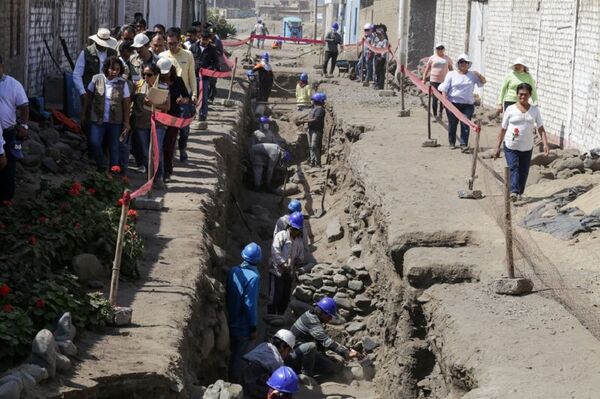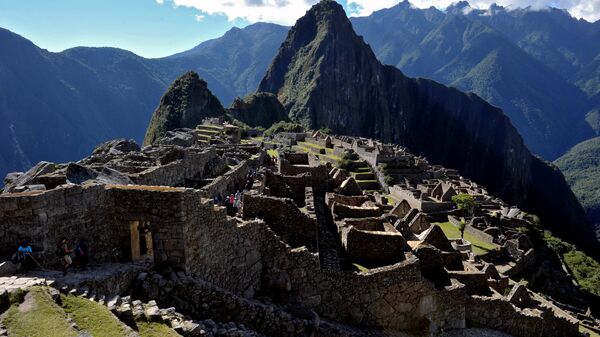The ancient Incas placed child sacrifices atop volcanoes to be struck by lightning after they were snatched from their families in far-flung corners of the vast empire, new research has established.
Remains of six children first found more than two decades ago on two mountains, displaying signs of lightning strikes, with the flesh scorched as was the land around them, have been reanalysed using X-rays and other non-destructive methods to preserve their bodies.
They were found seated in rectangular, stone platforms on the mountains of Ampato and Pitchu Pitchu in Peru.

The areas are known to be popular sites for the release of static electricity in the clouds as some of the soil around the bodies was crystallised, which only happens at immense pressure and temperature.
Dagmara Socha, a bioarchaeologist from the Center for Andean Studies of the University of Warsaw (CEAC), from the Center for Andean Studies of the University of Warsaw, told PAP, a website for Science in Poland run by the country's Ministry of Science and Higher Education:
“According to the Incas, a person struck by lightning received great honor—a god expressed interest in that person.”
The remains are now stored in cold storage at Museo Sancturios Andinos and a few are in good condition, with some of the 500-year-old cadavers becoming mummified.
“The Incas considered the children pure and untouched. Their status was supposed to facilitate persuading the gods to make specific decisions,” said Socha.
Children from all over the Inca Empire were snatched from their homes to be thus offered up, with experts saying the Incas believed that being jolted with one billion volts of electricity from the sky was a manifestation of favouritism from a deity.
The experts are still puzzling over what was the key to selecting children who were sacrificed, but it is believed they were rounded up from all corners of the empire to unite regions.
“They certainly had to have some exceptional traits, such as beauty or ancestry,” believes the scientist.
Scientists have long established that the Incas that ruled what is now Peru, Ecuador, Bolivia and northern Chile practiced “qhapaq hucha” - human sacrifice mainly using children. These were resorted to during or after important events, such as the death of the emperor, or during a famine.

The Inca civilization, that flourished in ancient Peru between c. 1400 and 1533 CE, were polytheists who worshipped many gods.
Inca religious rituals also involved ancestor worship as seen through the practice of mummification and making offerings to the gods of food, drink, and precious materials. Sacrifices - both animals and humans, including children - were also made to pacify and honour the gods.


